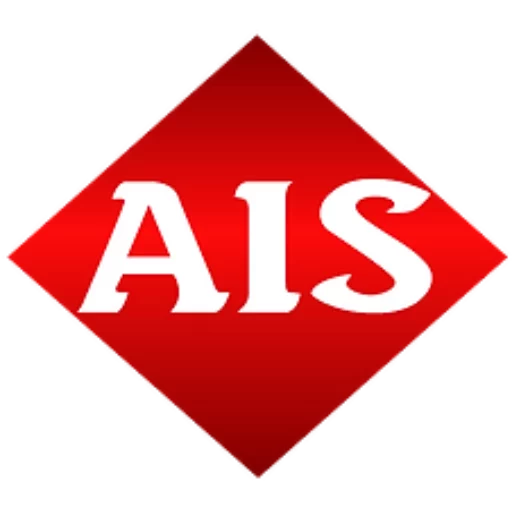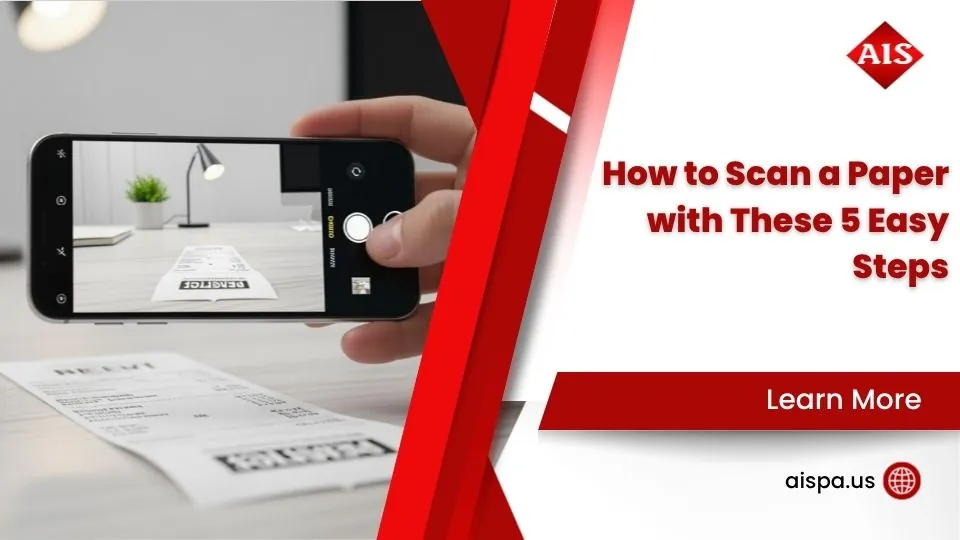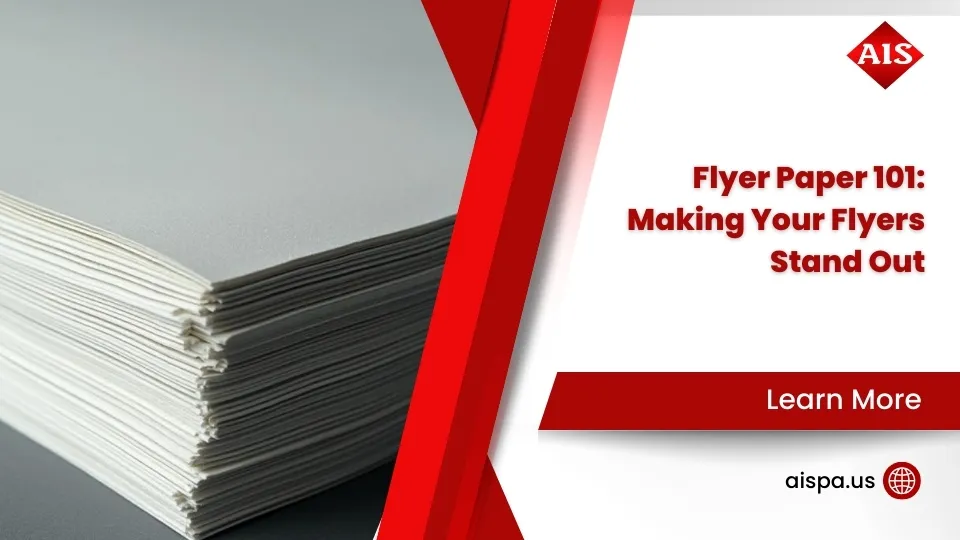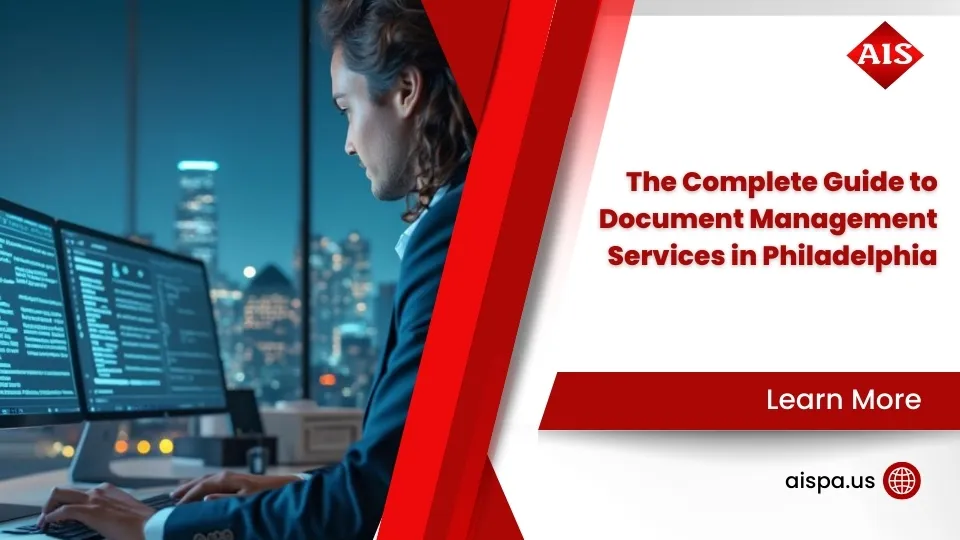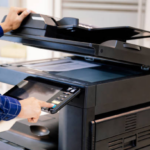Turn the Page with Confidence: Best Paper Choices for Booklets
The best paper for booklets depends on your content type, page count, and binding method. Here’s what works:
Quick Reference Guide:
- Text-heavy booklets: 60-70 lb uncoated offset paper
- Photo-rich marketing: 100 lb gloss text paper
- Mixed content: 80 lb matte text paper
- Budget-friendly: 50 lb offset for interior, heavier cover stock
- Premium feel: 100+ lb textured or cotton blend papers
Your booklet’s paper choice creates the first impression before anyone reads a single word. Research shows that marketing materials printed on glossy paper have up to 30% higher engagement rates, while custom-sized booklets see 25% better retention than standard formats.
There’s no universal “best” paper. A training manual needs different stock than a wedding program or product catalog. The wrong choice can make your 40-page booklet too thick to bind properly, cause text to show through thin pages, or leave photos looking washed out.
Paper selection affects three key areas:
- Print quality and readability
- Binding compatibility and durability
- Cost and mailing weight
Most corporate booklets use standard A4 or letter sizes on 80-100 lb text weight paper. Saddle-stitched booklets work best under 64 pages, while perfect binding handles larger projects.

Understanding Paper Fundamentals for Booklets
Understanding paper basics separates a mediocre booklet from one that truly impresses your readers. The most confusing part is paper weight. The United States measures paper in pounds (lb), representing 500 sheets of paper in its basic size before cutting. Different paper types have different basic sizes.
Text paper gets measured from a 25″ x 38″ sheet, while cover stock uses a 20″ x 26″ sheet. This means 80 lb text paper and 80 lb cover stock feel completely different – the cover stock is much thicker and stiffer.
The rest of the world uses GSM (grams per square meter), measuring the weight of one square meter of paper. Common conversions include 50 lb offset at 75 gsm for lightweight booklets, 80 lb text at 118 gsm for standard projects, and 100 lb text at 148 gsm for premium feel. Cover stocks jump significantly – 80 lb cover equals 216 gsm and 100 lb cover hits 270 gsm.
For more detailed information about paper types and their applications, check out our comprehensive guide on Types of Paper for Printing.
| Paper Weight | GSM | Best Use | Feel | Show-Through Risk |
|---|---|---|---|---|
| 80 lb text | 118 gsm | High-volume booklets | Light, flexible | Moderate with heavy ink |
| 100 lb text | 148 gsm | Premium booklets | Substantial, crisp | Minimal |
Paper Weight Decoded
The weight you choose creates the first physical impression of your booklet. Lighter papers (50-70 lb) make sense for high page counts or tight budgets. They keep mailing costs down and work perfectly for internal training materials. Heavier papers (80-100 lb text) feel more substantial and professional while reducing show-through.
Opacity matters as much as weight. A 70 lb paper with high opacity might outperform an 80 lb paper with lower opacity. Quality booklet papers typically have opacity ratings of 94% or higher.
Coated, Matte, Uncoated Basics
The surface treatment determines how ink behaves and how readers interact with your booklet.
Uncoated papers have no surface treatment, letting ink absorb naturally. This creates that warm, tactile feel and eliminates glare during long reading sessions. Perfect for text-heavy booklets where people need to write notes.
Matte-coated papers give you the best of both worlds. The clay coating creates sharp text and better color reproduction without reflective glare. Ideal for booklets with mixed content.
Gloss-coated papers maximize color vibrancy and image detail. Colors appear more saturated with improved contrast, but create glare under certain lighting conditions.
The Best Paper for Booklets by Content Type and Finish
Choosing the best paper for booklets starts with understanding your content. A photography portfolio needs different paper than a technical manual. The finish you choose can make or break your booklet’s effectiveness.

Content type should drive your paper selection. First, analyze your content ratio – is it primarily text, images, or mixed? Second, consider how readers will use the booklet. Third, factor in your brand positioning.

For comprehensive information about different paper types and their printing characteristics, explore our detailed guide on Paper Types for Printing.
Photo-Rich & Marketing Pieces – Best Paper for Booklets
When your booklet showcases photography or vibrant graphics, 100 lb gloss text paper is the gold standard. This weight provides substance while maintaining binding flexibility. The gloss coating keeps ink on the surface, resulting in maximum color saturation and contrast.
Gloss papers make colors appear more vibrant by reflecting more light. This is crucial for marketing materials where products need to look their best. Real estate brochures, restaurant menus, and product catalogs all benefit from this improved visual impact.
For extra protection, consider UV coating on gloss paper. It creates an extremely durable, high-gloss surface that resists fingerprints and wear.
The downside is glare under bright lights. For booklets with significant text alongside images, consider matte finish for better readability.
Monochrome & Text-Heavy Guides – Best Paper for Booklets
For training manuals, instruction guides, and text-focused booklets, 60-70 lb uncoated offset paper offers the best combination of readability and cost-effectiveness. Uncoated papers excel for text because they eliminate glare and provide comfortable reading.
High opacity is crucial for text-heavy booklets. Look for papers with opacity ratings of 96% or higher to ensure text doesn’t interfere with readability on the other side.
The uncoated surface makes booklets interactive – readers can highlight text and write notes with standard pens without bleeding or skipping.
Premium & Specialty Statements
When your booklet needs to make a luxury impression, specialty papers create memorable tactile experiences. Textured papers like linen or felt finishes add sophisticated texture. Cotton blend papers offer superior durability and distinctive feel.
Recycled papers have evolved beyond rough stocks of the past. Modern recycled papers match virgin paper quality while supporting environmental goals. Look for papers with high post-consumer content and FSC certifications.
Balancing Page Count, Weight & Binding
Getting the math right between page count, paper weight, and binding method prevents expensive mistakes. Saddle-stitch binding works for smaller booklets but has limits. You’re folding sheets in half and stapling through the fold, so page count must work in multiples of four.
The minimum page count for saddle-stitched booklets is 8 pages. The maximum depends on paper weight. Cover weight stock maxes out around 16 pages, 100 lb text weight handles up to 60 pages, while 80 lb text weight pushes the limit at 64 pages.

Perfect binding glues individual pages together along one edge, creating a square spine. This method starts making sense around 28 pages and handles several hundred pages. The square spine allows spine printing and creates more authoritative feel.
For projects requiring heavy paper stocks, our guide on Types of Hard Paper for Printing provides detailed binding compatibility information.
Page-Count Rules of Thumb
Between 8 and 48 pages, saddle-stitch remains most cost-effective. These booklets lie completely flat when opened, perfect for photo spreads or maps. Stick with 80-100 lb text weight for interior pages.
The 48 to 64 page range puts you in decision territory. Saddle-stitch works with lighter papers (70-80 lb text), but perfect binding starts looking attractive.
Beyond 64 pages, perfect binding becomes necessary. Consider lighter interior papers (60-70 lb) to control bulk and shipping weight, then use heavier cover stock for protection.
Over 100 pages calls for coil or wire-o binding. These spiral bindings offer maximum durability and the ability to fold pages back completely.
Binding Method Cheat Sheet
Saddle-stitch binding excels for 8-48 page booklets. Pages lie completely flat – perfect for photographs or charts spanning the center spread. Most budget-friendly option.
Perfect binding creates professional, book-like appearance starting around 28 pages. Provides printable spine for branding and helps booklets stand upright.
Coil and spiral bindings offer maximum functionality. Pages rotate 360 degrees and fold back completely – perfect for manuals that need to lie flat next to equipment.
Wire-o binding provides similar benefits to coil but with cleaner, more professional appearance.
Sustainability, Cost & Testing Before You Print
Smart paper choices don’t have to break the bank or harm the environment. The best paper for booklets often combines environmental responsibility with budget-friendly pricing.
FSC-certified papers typically add only 3-8% to total cost, while recycled content papers often match virgin paper pricing. When you factor in positive brand impression, sustainable choices often deliver better overall value.

Budget-conscious businesses often choose the cheapest paper without considering total project cost. Slightly more expensive paper that prints better and binds more reliably often costs less per successful booklet.

Testing before printing saves more money than any other strategy. We’ve seen businesses waste thousands on booklets that looked great in theory but failed in practice.
For comprehensive information about balancing quality with environmental responsibility, check out our guide on Best Printer Paper for Quality and Sustainability.
Eco-Friendly Choices
Post-consumer recycled content makes the biggest environmental difference. Papers with 30% or higher post-consumer content divert significant waste from landfills. Modern recycled papers achieve brightness levels of 92% or higher, matching virgin papers.
Look for papers with high post-consumer percentages rather than generic “recycled” claims. Alternative fiber papers from agricultural waste like wheat straw support farming communities while creating unique textures.
Soy-based inks pair perfectly with sustainable papers, producing rich colors while being easier to remove during recycling.
Budget-Smart Strategies
The smartest cost strategy is mixing paper weights strategically. Use 100 lb cover stock for durability, then switch to 60-70 lb text for interior pages. This combination often costs 20-30% less while delivering better functionality.
Standard sizes save serious money. An 8.5″ x 11″ booklet uses paper efficiently, while custom sizes might waste 25% of each sheet. Lighter interior papers make sense for high-page-count projects to stay within standard mailing rates.
The sweet spot for most business booklets is 80 lb matte text paper – good quality, reasonable cost, and broad compatibility.
Sample Packs & Proofs
Never commit to large quantities without hands-on testing. Most paper suppliers provide sample packs, and good commercial printers offer swatches of recommended papers.
Order samples of your exact specifications – not generic sample packs. Test the fold for saddle-stitched booklets. Some papers that feel perfect as flat sheets become problematic when folded multiple times.
Color proofs on your selected paper are essential when accuracy matters. The same ink can look dramatically different on different papers. Print small test runs of 25-100 copies before committing to thousands.
Frequently Asked Questions About Booklet Paper
How does paper weight affect durability and mailing costs?
Heavier papers (100+ lb) resist tearing and wear better than lighter alternatives, perfect for booklets that get repeated handling. But weight dramatically increases mailing costs. A 20-page booklet on 60 lb paper might stay in standard postage rates, while the same booklet on 100 lb paper could bump into higher weight categories.
The sweet spot for many projects is 80 lb text paper, providing solid durability without excessive weight. For booklets over 40 pages, we recommend 70 lb interior pages with heavier cover stock.
Durability isn’t just about weight – it’s about quality too. Look for acid-free papers that won’t yellow or become brittle over time.
Should the cover and interior use different stocks?
Using different papers for covers and interior pages is often the smartest move for both budget and functionality. This lets you invest in heavier cover stock (80-100 lb cover weight) for protection while keeping interior pages lighter (60-80 lb text weight) to control cost and bulk.
This strategy works beautifully for perfect-bound booklets where the cover wraps around the text block. For saddle-stitched booklets, discuss this with your printer early to avoid surprises.
Don’t forget finish combinations – a matte cover with uncoated interior pages creates sophisticated, tactile experience that feels intentional and premium.
What finishing options work best on matte paper?
Soft-touch lamination works beautifully on matte papers, adding velvety texture that improves the sophisticated feel. Spot UV coating creates stunning effects by playing with contrast between matte and gloss areas.
Embossing and debossing work exceptionally well because the coating provides structure to hold crisp details while the matte finish doesn’t compete with dimensional effects. Foil stamping creates striking contrast with metallic elements popping against the non-reflective background.
Avoid high-gloss coatings on matte papers – they defeat the purpose of choosing matte in the first place.
Conclusion
Choosing the best paper for booklets doesn’t have to feel overwhelming once you understand the key relationships between paper, content, and binding. Think of it like choosing the right outfit for an occasion – you wouldn’t wear a tuxedo to a picnic or flip-flops to a wedding. The same logic applies to paper selection.
Your content should drive the decision first. Photo-rich marketing materials shine on 100 lb gloss text paper because the coating makes colors pop and creates that premium feel clients expect. Meanwhile, training manuals and text-heavy guides work best on 60-70 lb uncoated offset – it’s easier on the eyes, costs less, and lets people actually write notes without their pens skipping across a slick surface.
Don’t forget about the practical stuff that can make or break your project. Saddle-stitch binding tops out around 48-64 pages depending on your paper weight, while perfect binding handles the heavy-duty jobs with higher page counts and that professional square spine. We’ve seen too many projects fail because someone fell in love with thick, luxurious paper without checking if their binding method could actually handle it.
Here’s where smart budgeting comes in: mixing paper weights saves money while improving functionality. Use heavier cover stock to make a great first impression, then switch to lighter interior pages to control costs and bulk. Your readers get the best of both worlds, and your budget stays happy.
Testing saves headaches and money. Those sample packs might seem like an extra step, but they prevent the heartbreak of opening boxes of finished booklets that don’t look or feel right. Order samples, test the folds, check how your colors look on the actual paper you’ll be using. A small investment upfront prevents big problems later.
The environmental angle matters more than ever, and the good news is that sustainable choices don’t mean sacrificing quality. FSC-certified papers and high post-consumer recycled content options now match virgin papers in performance while supporting your company’s environmental goals.
At Associated Imaging Solutions, we’ve helped countless Pennsylvania businesses create booklets that truly represent their brand. From our locations in Philadelphia, Pittsburgh, and Harrisburg, we’ve learned that great booklets start with understanding your specific needs – not just following generic recommendations.
The right paper choice, combined with properly calibrated equipment and expert color management, transforms ordinary booklets into powerful business tools. Whether you’re creating employee handbooks that need to survive daily use or client presentations that must make stunning first impressions, matching your paper to your purpose makes all the difference.
Your next step is simple: start with your content, consider your binding method, test your options, and choose equipment that can deliver consistent results. Choose the perfect printer or copier for your next booklet project and let our team help you steer the paper selection process with confidence.
The best paper for booklets is the one that serves your readers while meeting your budget and timeline. With the right approach, your booklets will not only look professional but actually improve your message and strengthen your business relationships.
